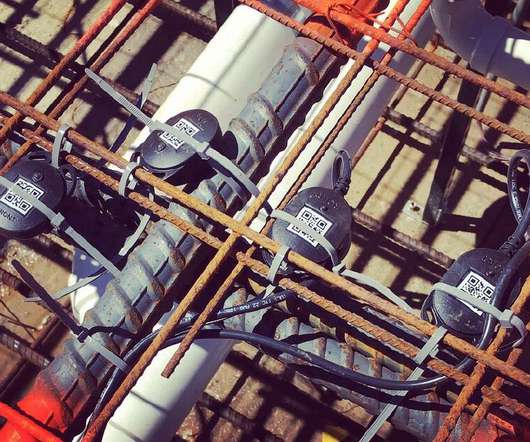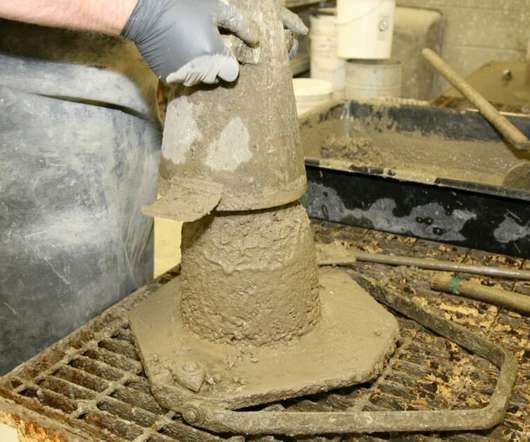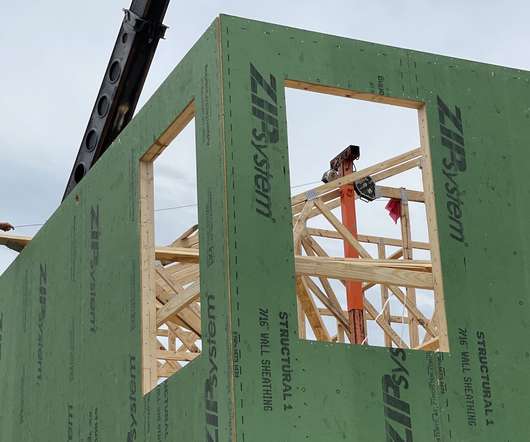FOUR PHASES OF PROJECT MANAGEMENT
The Constructor
SEPTEMBER 10, 2012
There are four phases of project management which are required to manage projects efficiently on quality, time and costs. Defining and organizing the project: Defining project is the first step in the project management process.













































Let's personalize your content